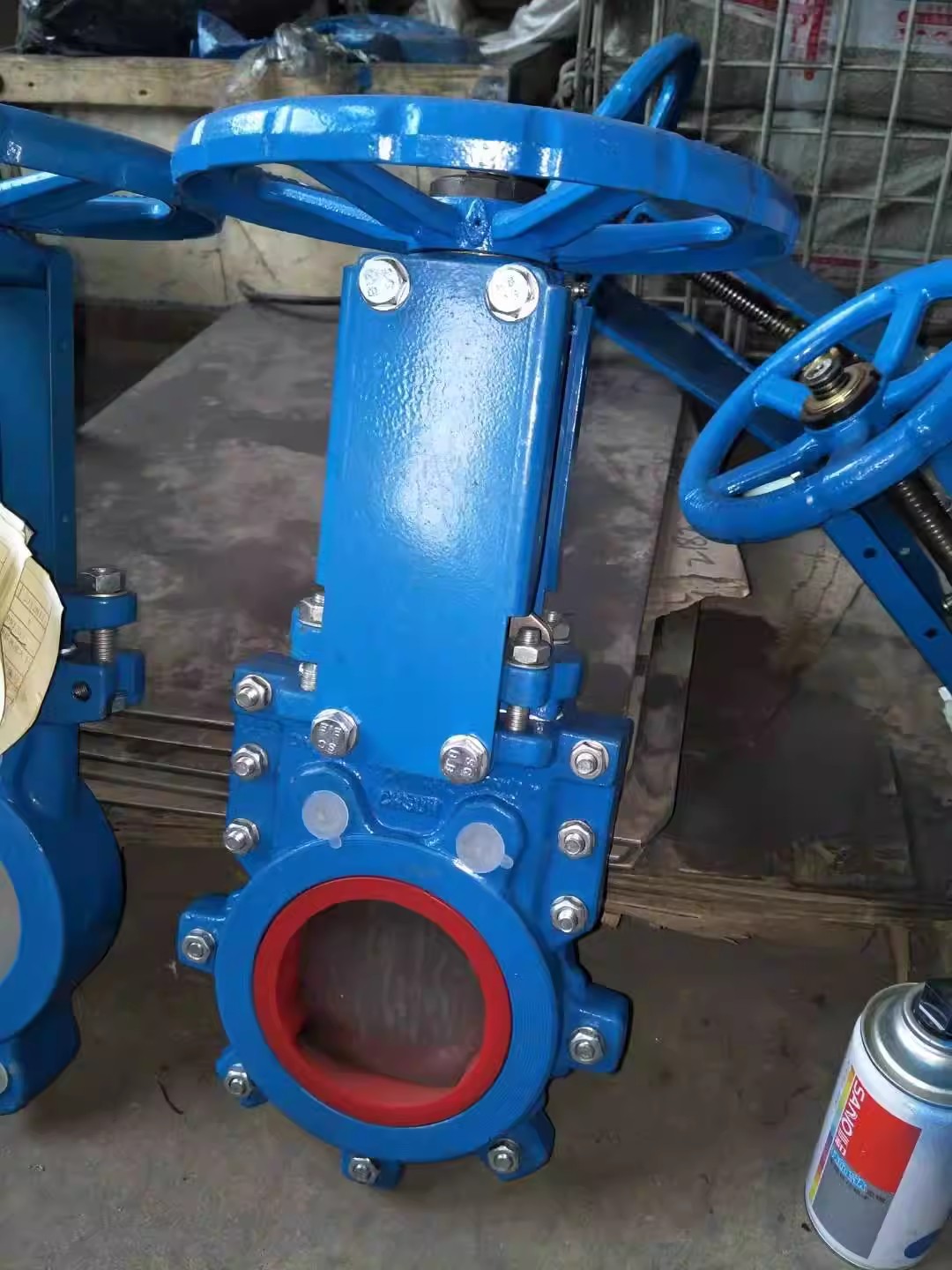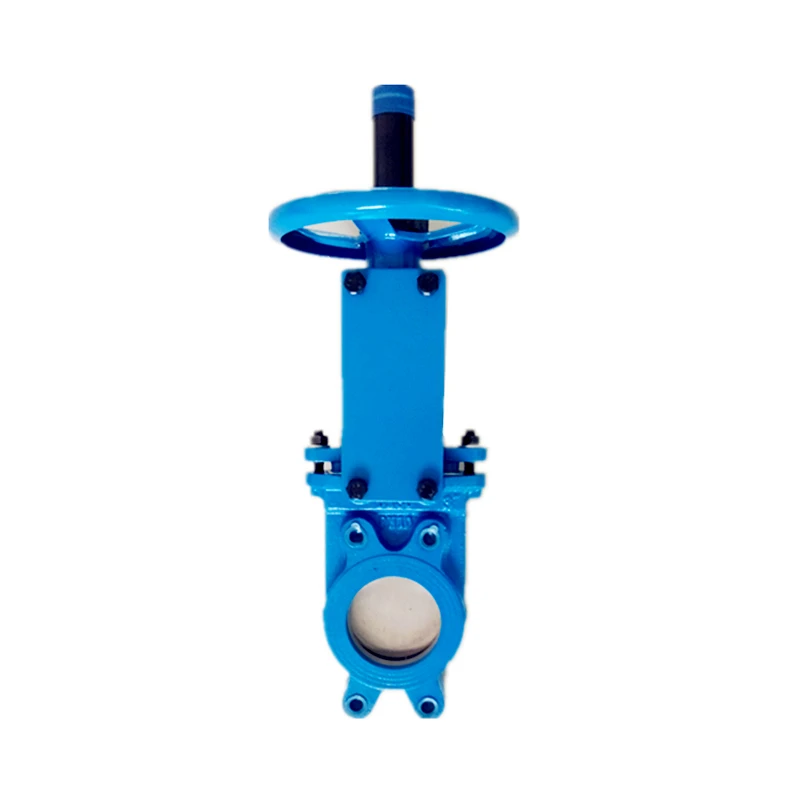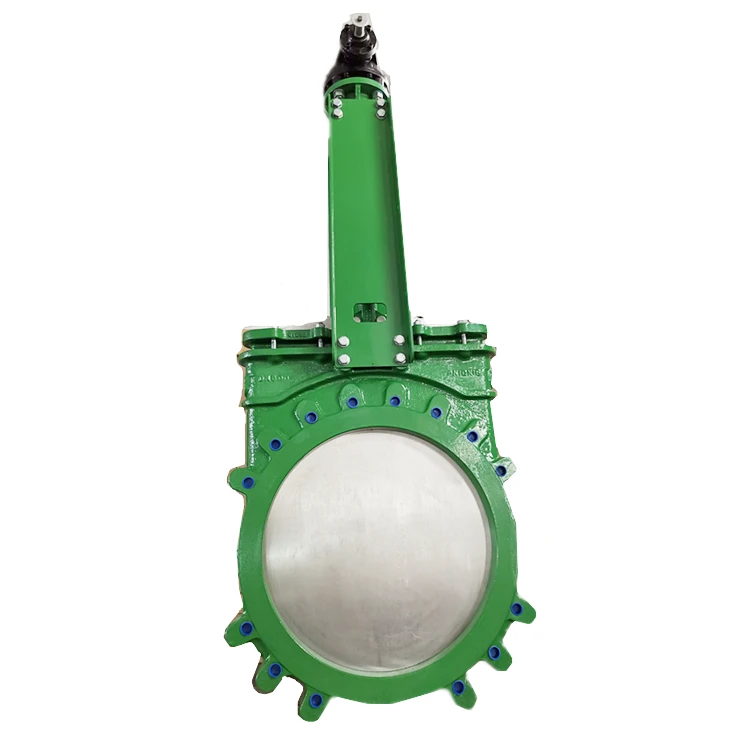Comprehensive Guide to Knife Gate Valve Components and Design
Key Takeaways
Understanding the intricate details of knife gate valves is crucial for effective selection and application across various industries. These valves are designed for on-off service in heavy-duty applications. The primary components include the body, gate, and actuator, each playing a vital role in functionality and reliability. Materials used for construction vary based on the operational environment, influencing aspects such as durability and corrosion resistance. The design standards are key to ensuring that these valves meet industry requirements, often specified in detailed technical documents that guide engineers in manufacturing and selection processes.
Dimensions of knife gate valves also warrant attention as they relate directly to performance criteria such as flow rate and pressure loss. Engineers must pay careful consideration to these measurements, ensuring compatibility with existing systems. Additionally, detailed diagrams offer visual insights into valve structures, facilitating a better understanding of assembly and maintenance procedures. Through a meticulous analysis of these components and design aspects, one can appreciate the complexities involved in the engineering of knife gate valves as essential tools for fluid management in various applications.
Comprehensive Overview of Knife Gate Valve Components
Knife gate valves play a crucial role in various industrial applications, particularly in handling slurries, liquids, and bulk solids. The primary components of a knife gate valve include the valve body, the knife blade, the actuator, and the sealing mechanism. The valve body serves as the main structure that supports other parts and can be made from materials such as stainless steel or cast iron for durability and corrosion resistance. The knife blade, often tapered or sharp-edged, is designed to slice through media as it opens or closes, thereby minimizing flow resistance.
The actuator mechanism can be manual or automated, impacting the ease of operation. Manual actuators typically use a handwheel, whereas automated actuators may employ electric motors or pneumatic systems for swift operation. The sealing mechanism is pivotal; many knife gate valves feature a resilient seat that ensures tight closure to prevent leaks when not in operation.
In addition to these core components, attention to design standards is vital for ensuring that knife gate valves function effectively under varying conditions. Factors such as pressure ratings and temperature limits are usually dictated by industry standards like ANSI or API.
Key Components Table
Component | Description | Material Options |
|---|---|---|
Valve Body | Main structure for supporting parts | Stainless Steel, Cast Iron |
Knife Blade | Cuts through media | Carbon Steel, Stainless Steel |
Actuator | Operates the valve (manual or automated) | Manual Handwheel, Electric Motor |
Sealing Mechanism | Ensures leak-proof closure | Resilient Materials |
Understanding these components is essential for selecting the right knife gate valve for specific applications. Selecting appropriate materials ensures reliability and performance across various environmental conditions while maintaining efficient operation. Familiarity with these components empowers engineers and operators to enhance system functionality significantly.
"When choosing a knife gate valve for your application, always consider the specific media being handled as well as environmental factors."

Understanding Knife Gate Valve Design Standards
The knife gate valve is engineered to close with a knife-like blade that slices through the media, making it highly effective for applications involving slurries and other viscous substances. Design standards dictate several critical aspects, ensuring reliability and performance in various operational conditions. These standards encompass material selection, which typically includes corrosion-resistant alloys for durability. Furthermore, pressure ratings are standardized to guarantee performance across different environments. Dimension specifications are also crucial, detailing the height, width, and thickness of the valve body and blade. These specifications guide manufacturers in producing valves that fit seamlessly into existing piping systems. The sealing mechanisms employed in knife gate valves must comply with industry standards to prevent leakage during operation. Adherence to these design standards is vital for manufacturers aiming to deliver products that meet regulatory requirements and customer expectations. Understanding these parameters not only enhances the functionality of knife gate valves but also contributes to their safety and efficacy in sectors such as mining, wastewater management, and chemical processing.

Detailed Knife Gate Valve Diagrams and Drawings
Knife gate valves are intricate devices designed for controlling the flow of liquids and slurries in various systems. The diagrams associated with these valves illustrate their functional components, showcasing the blade, body, and seat mechanisms essential for their operation. A clear understanding of these diagrams is critical for engineers tasked with installation, maintenance, and troubleshooting. The knife gate valve drawing provides a detailed representation of the valve's structure, highlighting dimensions such as the height, width, and thickness of components. Knowledge of these specifications helps engineers ensure compatibility with existing systems. In industrial applications, recognizing how different elements interact within the valve can enhance efficiency. For instance, the positioning of the stem affects ease of operation while contributing to sealing integrity during use. Clarity in these representations aids both new professionals and seasoned veterans in recognizing design standards pivotal to ensuring performance reliability. Accurate interpretations of knife gate valve diagrams are essential for facilitating effective communication during project discussions and implementations across various sectors, including wastewater management and mining operations.
Key Dimensions of Knife Gate Valves and Their Applications
The dimensions of knife gate valves are critical to their performance and suitability for specific applications. Typically, these valves come in various sizes, with diameters ranging from a few inches to several feet. This variability allows for the integration of knife gate valves in diverse systems, such as waste treatment facilities, mining operations, and chemical processing plants. A standard dimension consideration is the throat size, which significantly influences the flow capacity. The choice of materials also plays a vital role; commonly used materials include stainless steel and carbon steel, each offering unique advantages based on resistance to corrosion and temperature changes.
Design engineers must also account for the gap between the blade seat and the valve body. A minimal gap enhances sealing efficiency, while a larger one can facilitate easier cleaning but may lead to leaks in certain services. Moreover, the length of the valve body can affect installation space as well as operational reliability under pressure.
A clear understanding of these dimensions helps determine compatibility with existing piping systems while ensuring optimal operational effectiveness. Proper selection based on dimension characteristics enhances efficiency and extends service life in various fluid handling operations, making thorough knowledge essential for successful integration into industrial processes.
Conclusion
Understanding the intricacies of knife gate valve components is crucial for engineers and industry professionals. These valves play a significant role in managing the flow of fluids in various applications. Key components such as the gate, body, and seat are meticulously designed to ensure optimal performance and durability. The knife gate valve design standard establishes essential criteria that guarantee reliability and efficiency in operations. Familiarity with detailed knife gate valve diagrams aids in visualizing the functionality of these systems, enhancing troubleshooting and maintenance practices. Precise knowledge of dimensions assists in selecting the appropriate valve sizes for specific installations, further optimizing system performance. As industries evolve, a thorough comprehension of these elements will underpin successful engineering solutions and contribute to enhanced operational effectiveness across multiple sectors. Each component's role is integral, highlighting the necessity for rigorous standards and precise specifications in knife gate valve applications.
FAQs
What are the main components of a knife gate valve?
The main components of a knife gate valve include the body, gate, seat, actuator, and the sealing mechanisms. Each component plays a crucial role in ensuring effective operation.
What design standards are associated with knife gate valves?
Knife gate valves adhere to various design standards such as ANSI/ASME B16.34 for valves and API 609. These standards ensure safety, performance, and interoperability across different applications.
Can you provide a diagram of a knife gate valve?
Certainly. A typical knife gate valve diagram illustrates the arrangement of components, including the body, actuator, and flow paths. Such diagrams enhance understanding of how each component interacts.
What are the standard dimensions for knife gate valves?
Common dimensions for knife gate valves vary based on size and pressure rating. Typical sizes range from 2 inches to 48 inches in diameter, with various face-to-face lengths according to industry standards.
Where are knife gate valves typically used?
These valves find application across diverse sectors including water treatment, mining, pulp and paper industries where they handle slurries or bulk solids efficiently due to their unique design features.




